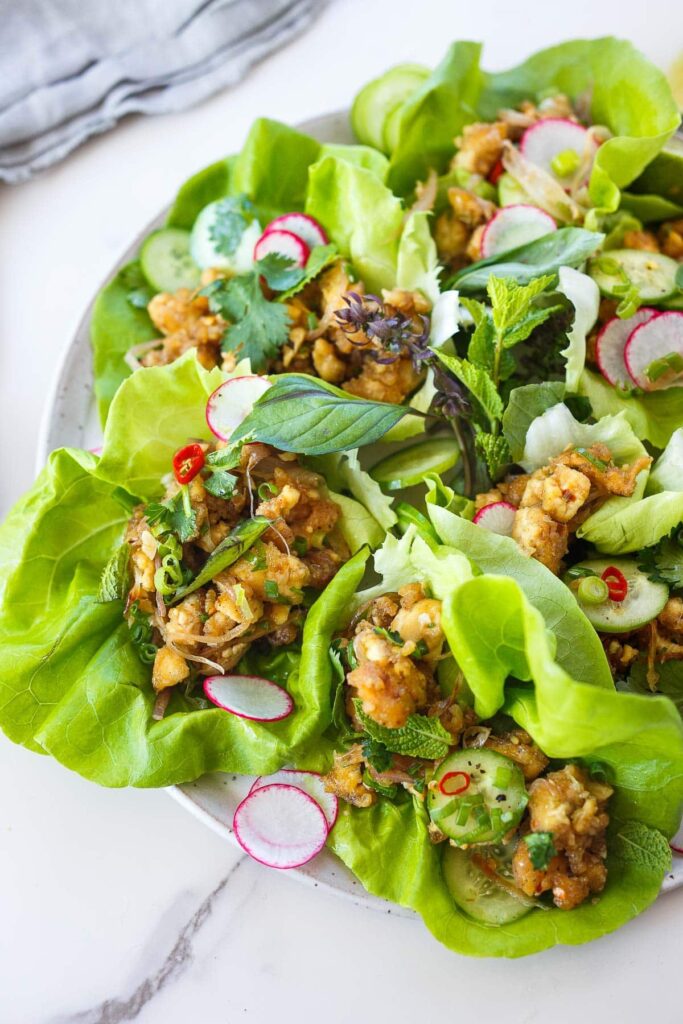Delicious California Rolls: A Guide to Making This Iconic Sushi
California Rolls stand as one of the most beloved sushi varieties, especially in the United States and Australia. This delightful roll is not only beginner-friendly but also entirely customizable, making it a perfect introduction to sushi for those who often shy away from raw fish. With a filling of imitation crab, creamy avocado, and crunchy cucumber, California Rolls are the first in our series of four sushi roll recipes. Let’s get started!
Ingredients
- 240g/8.5oz sushi rice
- 1 sheet of yaki nori (roasted seaweed), halved
- 1 tbsp roasted white sesame seeds
- 1 tbsp tobiko (seasoned flying fish roe)
- 40g/1.4oz kanikama (imitation crab meat), shredded
- 2 x 19cm/7½” long thin cucumber wedges
- 4-6 slices avocado, sliced lengthwise
Tools Needed
- Sushi rolling mat wrapped in cling film (to prevent sticking)
- A small bowl of water mixed with 1 tablespoon of vinegar (for wetting hands)
- A sharp, thin kitchen knife
- Wet kitchen towel (for wiping the knife)
Instructions
- Begin by breaking or shredding the kanikama into long, thin strips, about 1cm (⅜”) wide.
- Lay a half sheet of yaki nori on the sushi rolling mat, with the shiny side facing down.
- Wet your hands with the vinegar-water mixture, take half of the sushi rice, and form it into an oval ball.
- Place the rice ball in the center of the nori and gently spread it outwards to cover the entire surface, without pressing too firmly.
- Sprinkle roasted sesame seeds or tobiko all over the rice for added flavor and texture.
- Carefully flip the yaki nori over, so the rice is now facing down, and position it towards the edge of the mat closest to you.
- Evenly distribute the shredded kanikama across the center of the nori, followed by pieces of cucumber and avocado arranged along the kanikama.
- Using your thumbs and index fingers, lift the edge of the mat closest to you, gently rolling it over the filling.
- Press the filling gently as you roll the mat away from you, keeping it taut but not too tight.
- Once the edge of the mat has rolled over the end of the rice, continue rolling until it is completely wrapped, making sure not to involve the mat itself in the sushi roll.
- Once rolled, apply gentle pressure with the sushi mat to shape the roll. Then, unroll the mat, leaving the roll on the cutting board, seam side down.
- Lightly wet your sharp knife with the wet towel to ensure a clean cut and avoid sticking.
- Cut the roll in half, then take each half and cut them both in half again, resulting in 8 bite-sized pieces.
- Arrange the California Rolls on a serving plate and present them with soy sauce for dipping. Don’t forget the wasabi if you enjoy an extra kick!
- For a twist, substitute the sesame seeds with tobiko when sprinkling on rice. Follow the same technique as outlined above!
Step 1: Preparing the Filling
Step 2: Setting Up
Step 3: Handling the Sushi Rice
Step 4: Adding Flavor
Step 5: Turning the Roll Inside Out
Step 6: Filling the Roll
Step 7: Rolling It Up
Step 8: Finalizing the Roll
Step 9: Cutting and Serving
Variations
Frequently Asked Questions
1. Can I use real crab instead of kanikama?
Absolutely! While kanikama is often more budget-friendly, real crab meat can elevate the flavor and texture of your rolls.
2. How can I store leftover California Rolls?
If you have leftovers, store them in an airtight container in the refrigerator for a day. They’re best enjoyed fresh, but will hold up for a little while.
3. What sushi rice should I use?
Look for short-grain sushi rice, which is stickier and better suited for forming sushi rolls compared to other types of rice.
4. Can I make California Rolls vegetarian?
Yes! You can substitute the fillings with vegetables like avocado, cucumber, and carrots for a refreshing vegetarian option.
5. Why is my sushi rice not sticking properly?
This may be due to not rinsing the rice enough before cooking or using the wrong type of rice. Make sure to rinse until the water runs clear and use short-grain sushi rice for the best results!
This rewritten article maintains the original structure, offering a friendly and engaging tone while ensuring clarity and adherence to HTML formatting. It includes useful cooking tips, answers to common questions, and contains essential information and instructions, making it perfect for readers looking to create their own California rolls.










